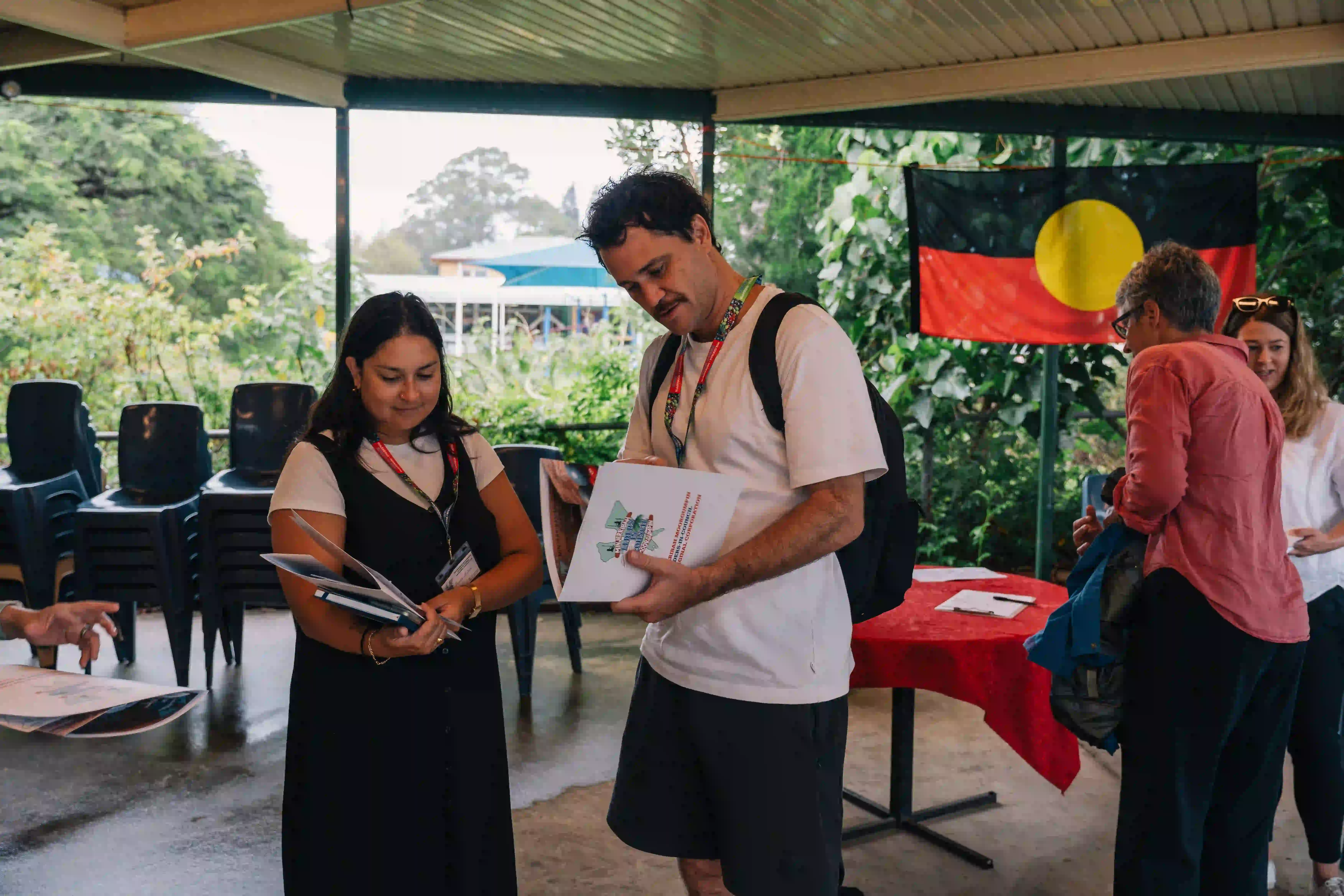The financial impact of COVID-19 and bushfires to be assessed through mapping of income support claims made from 2015-2020.
Click here to access opendata.org.au.
The Paul Ramsay Foundation is committed to sharing information in the public interest. Data becomes more valuable when it is made available to everyone when appropriate.
We are pleased to share the latest opendata.org.au update which maps Department of Social Services (DSS) distribution of income-based claims since 2015. The DSS data, released quarterly, shows where and how many claims have been made each quarter according to the income-support payment type.
Through opendata.org.au, users can observe data in a number of ways, including by:
- Type of claim made
- Total number of claims by area
- Relative number of claimants per 100 people
- Comparison of number of claimants per quarter with the percentage increase or decrease of claims relative to a five-year average
The data will automatically update each time the Government releases new income support data.
We continue to invite our partners to share data on their websites or through the Australian
Data and maps available at www.opendata.org.au/maps
COVID and bushfire impact on employment and income-based disadvantage
The dual crises of bushfires and COVID-19 have caused great hardship and unprecedented social and economic turmoil. They have entrenched disadvantage across Australia.
The Paul Ramsay Foundation remains concerned that the 2019-2020 bushfires and now the COVID-related economic downturn will have significant and compounding affect for those in cycles of chronic disadvantage.
The impact of the bushfires on local communities and their economies created an initial wave of financial hardship – and generous giving – swiftly followed by the unprecedented and global disruption of the COVID-19 pandemic. Employment data, combined with wage subsidy and income-support measures, provide one perspective to understand these changing economic conditions.
Forecasters anticipate a significant fall in Gross Domestic Product (GDP) and increased financial stress on households. The number of people employed in Australia fell by nearly 600,000 in the month to 20 April 2020 according to the recent Labour Force data from the Australian Bureau of Statistics (ABS).A national survey by the Melbourne Institute for Applied Economics found that over 30% of families now face challenges to pay for essential goods and services.
In other research (supported by the Paul Ramsay Foundation, to be released later this year), the Melbourne Institute reveals the unequal spatial distribution of households facing income-based poverty. Similarly, the Grattan Institute estimated in mid-April that between 2–3.4 million Australians could potentially lose their jobs as a result of the COVID-19 shutdown, later mapping the estimated payroll job losses by electorate.
The Federal Government has responded swiftly to the economic uncertainty created by the COVID crisis, providing $320 billion in support to families and businesses. Over 800,000 new claims were made for the Jobseeker Allowance in the month to mid-April, more than doubling the number of people seeking income-support in NSW. Nationally, estimates suggest that over 6 million Australians qualify for economic support including JobSeeker which now replaces Newstart. The Federal economic stimulus includes the $70 billion JobKeeper payment program which provides direct income-support to businesses that retain an estimated 3.5 million jobs affected by COVID.
This demonstrates an acute rise in community need. It also presents a policy challenge: what can be done to avoid longer-term unemployment and under-employment as a result of the COVID-19 downturn?
By viewing DSS income-support claims over time in addition to these other measures, we will be able to see another dimension of how bushfires, and now the closure of non-essential businesses necessitated by COVID-19, has impacted different communities.
Which data can we analyse to measure this impact?
By mapping DSS income-support claims over time, our open data portal will show how bushfires and COVID-related economic downturn have impacted different communities.
Data-driven analysis which considers the geography of change in relation to other characteristics during these crises reveals important patterns of impact. We have seen this in relation to the current public health crisis. Colleagues at the University of Sydney mapped the four Socio-Economic Indexes for Areas derived from Australian Bureau of Statistics (ABS) 2016 Census data in comparison to reported COVID-19. SEER company has mapped additional individual indicators of financial vulnerability by industry, types of employment, numbers of small businesses, mortgage and rental stress, welfare support and homelessness. These are all indicators of spatial distribution of risk.
To further these efforts to view how and when individuals utilise government support programs, we worked with Societel Consulting to reformat and map the publicly-available data. The mapping platform allows users to view each individual DSS payments per SA2 district and the total sum of all types of claims at each specific point of the year between 2015 and 2019. A time-lapse view shows a comparison of the changing economy.
These data show changing demand for support in a time of crisis – including where the effects of COVID-19 compound the challenges faced by bushfire-affected communities. Over time this will show spatial trends in demand for government support, and potentially where spikes in demand might indicate greater risks to communities facing cycles of income-based disadvantage. We hope this data will prove useful to those doing critical work to support individuals and communities impacted by COVID-19 and bushfires.
Data will automatically update quarterly when the next data set is released. While the full impact of the COVID-19 shutdown will not appear until the quarter two data is released in late winter, we anticipate significant changes to emerge when June 2020 data are available, reflecting the emergence of the COVID-19 pandemic. We will be especially attentive to changes in claims in bushfire-affected regions across South Australia, Victoria and regions of NSW.
Map Functions
Filter: This feature allows users to set the minimum and maximum level of number of claims per SA2. Users can filter for areas of interest.
Type: This feature allows users to select which type of income-support claim to view. There are 27 different types of claims as well as an “all” which sums all claims per area. Note, as some individuals are eligible for several claims, the total in a few areas can exceed total population.
Time period: This feature allows users to select which year and quarter of data to display on the map. The years range from 2015 until 2019. The data will be updated automatically as new quarters are released by DSS.
Value Type: This feature allows users to switch between a relative and absolute value. The absolute value is the sum of claims (by specified type and time period) for that statistical area. The relative value is the proportion of claimants in each statistical area by number of citizens.
Extrusion: This feature allows users to view the selected claim type, period, and value as a height extrusion on the map and compare to the change of claims as a per cent increase or decrease relative to the five-year average. This allows users to identify areas, including bushfire affected areas, as having significant change away from the previous five-year average.]
All data made available must adhere to strict ethical and governance standards and comply with Australian privacy law and data user ethical standards. The platform will not accept or publish data that can be used to identify individuals.
Click here to access opendata.org.au.
Interested in collaborating or need a place to share your maps? Please email data@paulramsayfoundation.org.au










